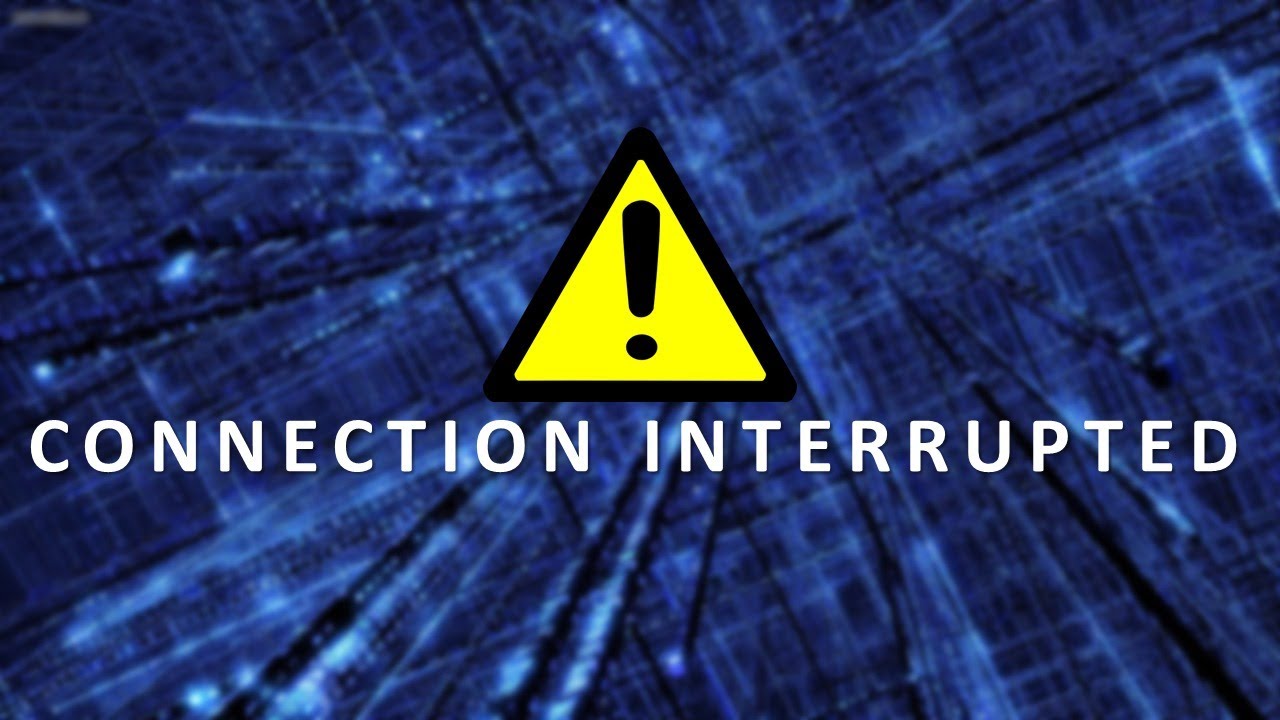Une « interférence externe » à l’origine de l’écrasement au – this phrase, translating roughly to “external interference caused the crash,” opens a fascinating and often complex investigation. We’ll explore various scenarios where outside factors contribute to devastating accidents, from aviation disasters to political upheavals. Understanding the different types of interference, the investigative processes involved, and the legal ramifications is crucial for preventing future tragedies.
This exploration will delve into the technical aspects, offering hypothetical examples to illustrate the complexities and challenges faced by investigators.
We’ll examine how technological advancements, such as flight recorders and radar data, help piece together the events leading up to a crash. We’ll also look at the legal frameworks surrounding these investigations and the responsibilities of various regulatory bodies. Finally, we’ll discuss preventative measures and countermeasures that can be implemented to minimize the risk of external interference causing future crashes.
External Interference in Crashes: A Comprehensive Analysis: Une « Interférence Externe » à L’origine De L’écrasement Au
The French phrase “Une « interférence externe » à l’origine de l’écrasement au” translates to “External interference as the cause of the crash.” This phrase implies that a factor outside the normal operational parameters of the system (be it an aircraft, a political process, or another system) contributed directly to the catastrophic event. Understanding the various forms, investigative methods, and legal implications of external interference is crucial for preventing future occurrences.
Translation and Contextualization, Une « interférence externe » à l’origine de l’écrasement au
The phrase “external interference as the cause of the crash” has broad applicability. In aviation, it could refer to a missile strike, deliberate radio jamming, or even a flock of birds impacting a crucial engine component. In a political context, external interference might describe foreign meddling in an election or a sabotage operation aimed at destabilizing a government. The implication of “external interference” is that the event was not caused by internal system failures, but rather by an outside agent or force.
Types of External Interference in Aviation Accidents

Several types of external interference can cause aviation accidents. These vary widely in likelihood and impact. A systematic categorization helps in both investigation and prevention.
| Type | Description | Likelihood | Impact |
|---|---|---|---|
| Missile Strike | Direct attack on the aircraft by a missile. | Low | Catastrophic |
| Radio Interference | Jamming or spoofing of radio communication or navigation signals. | Low to Moderate | High to Catastrophic |
| Bird Strike | Collision with birds, especially during takeoff or landing. | Moderate | Variable, can be catastrophic depending on size and impact location. |
| Weather Phenomena | Severe turbulence, unexpected icing, or extreme weather conditions beyond normal operational limits. | Moderate to High | Variable, can be catastrophic. |
| Sabotage | Deliberate damage to the aircraft or its systems before flight. | Low | Catastrophic |
Investigative Procedures for External Interference

Investigating a crash suspected to involve external interference requires a meticulous and multi-faceted approach. Evidence collection and analysis must be thorough and unbiased to determine the true cause.
Thinking about “external interference” causing a crash? It makes you wonder about oversight, especially when considering who’s coming and going. A criminologist argues that Canada needs to improve tracking of foreign student departures, as highlighted in this article: Canada should better track foreign student departures: criminologist. Better tracking could help understand potential external influences impacting various situations, including those involving crashes.
It’s all about better monitoring for safety and security.
- Secure the crash site and preserve evidence.
- Examine the wreckage for signs of impact, damage consistent with external forces, or traces of explosives.
- Analyze flight data recorders (FDRs) and cockpit voice recorders (CVRs) for anomalies.
- Review air traffic control recordings and radar data.
- Interview witnesses and gather statements.
- Analyze communication intercepts for potential clues.
- Examine weather data and environmental factors.
Legal and Regulatory Aspects of External Interference Investigations
Determining external interference as the cause of a crash has significant legal ramifications. International conventions, such as the Chicago Convention, provide a framework for accident investigations, but specific legal frameworks vary across jurisdictions. Regulatory bodies, like the FAA (USA) or EASA (Europe), play a critical role in overseeing investigations, ensuring adherence to international standards, and implementing safety recommendations.
So, you’re investigating “Une « interférence externe » à l’origine de l’écrasement au,” right? That sounds intense! Maybe you need a break – check out the Big City Quiz of the Year 2027 to clear your head. Afterward, you can get back to figuring out what kind of external interference caused that crash. Good luck with the investigation!
Technological Considerations in Investigating External Interference
Modern technologies are crucial in identifying and analyzing evidence of external interference. Flight recorders, radar systems, and communication intercepts provide valuable data points. For example, radar data can reveal unexpected trajectories or objects near the aircraft, while communication intercepts might capture unusual radio transmissions.
Hypothetical Scenario: A flight recorder reveals unusual engine performance shortly before the crash. Simultaneously, radar data shows an unidentified object approaching the aircraft at high speed. Communication intercepts reveal a burst of radio frequency energy coinciding with the object’s approach and the engine failure.
Illustrative Scenario of External Interference
Imagine a clear night. A passenger jet is cruising smoothly at 35,000 feet. Suddenly, a bright flash illuminates the cockpit, followed by a deafening explosion. The aircraft violently pitches downwards, with alarms blaring. The sounds of ripping metal and shattering glass fill the cabin as the plane loses altitude rapidly.
So, you’re investigating “Une « interférence externe » à l’origine de l’écrasement au,” right? Sometimes, focusing on something completely different helps clear your head. Maybe check out the ticket details for the upcoming Liverpool v Lille Champions League match – you can find them here: Liverpool v Lille: Champions League ticket details. Then, you can come back to analyzing that external interference and its role in the crash with a fresh perspective.
The final moments are filled with chaos and screams, before the impact with the ground.
Countermeasures and Prevention of External Interference

Mitigating the risk of external interference requires a multi-pronged approach combining technological advancements and improved security measures.
- Enhanced air defense systems to detect and intercept hostile objects.
- Improved radio frequency security to prevent jamming and spoofing.
- Advanced threat detection systems on aircraft.
- Stricter security protocols at airports to prevent sabotage.
- Improved bird strike mitigation strategies at airports.
Epilogue
Investigating crashes attributed to external interference requires a multi-faceted approach, combining meticulous evidence gathering, advanced technology, and a thorough understanding of legal and regulatory frameworks. From analyzing flight data recorders to considering geopolitical factors, each case presents unique challenges. By understanding the various types of interference, improving investigative procedures, and implementing effective countermeasures, we can strive to prevent future tragedies and ensure safer skies and more secure environments.
Key Questions Answered
What are some examples of non-technical external interference?
Examples include sabotage, acts of terrorism, or even unforeseen environmental conditions like extreme weather unexpectedly impacting a system.
How are international investigations into external interference handled?
International cooperation is key. Different nations have their own regulatory bodies, but often work together sharing data and expertise under international aviation agreements or similar treaties.
What role do eyewitnesses play in these investigations?
Eyewitness accounts, while needing careful verification, can provide valuable contextual information not captured by technological means, adding crucial pieces to the puzzle.
What ethical considerations arise during investigations involving external interference?
Ethical considerations include ensuring data privacy, protecting the integrity of evidence, and fairly representing all parties involved in the investigation.
